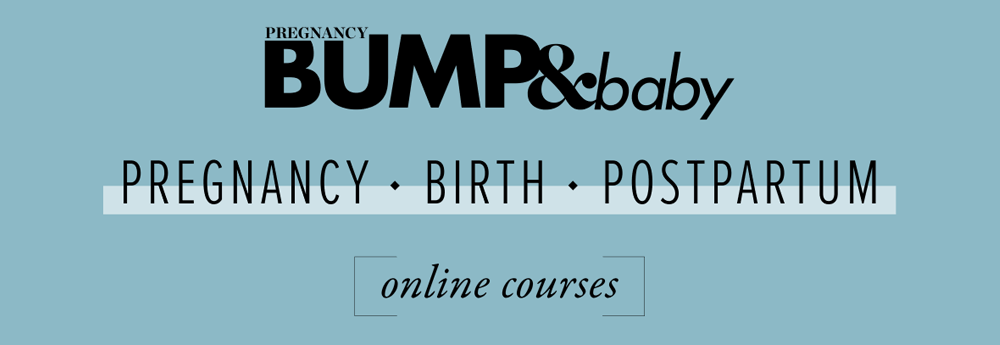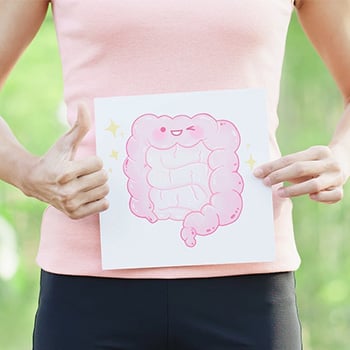
Tiffany Brown explains the benefits of infant massage.
The human body has half a million receptors to pressure and texture, most of which are in our fingertips, and four million pain receptors. So it makes sense that massage evolved as a means to relieve tension or pain. The use of massage is widespread throughout the world, beginning with many ancient civilisations and continuing through to modern times. In China, massage is widely practiced and taught in medical schools as an essential part of primary healthcare, and it was Ayurvedic medicine out of ancient India that first recommended the use of massage for the health of infants.
Kathy Chase from Relaxabub in Franklin, an International Association of Infant Massage (IAIM) Certified Instructor, says infant massage courses are not just limited to massage strokes. The nurturing touch and techniques taught during an IAIM course for parents and caregivers includes positioning, holds, movement, aspects of child development, and is influenced by Indian massage, Swedish massage, reflexology and yoga.
Why babies love it
The International Association of Infant Massage New Zealand lists the benefits of baby massage as:
- Stimulation of growth, muscle tone, skin condition, the respiratory, digestive, immune, nervous, skeletal, and blood circulatory systems, and the production of oxytocin, which is a pain reliever and has a calming effect.
- Relaxation, security for baby, tension release for the baby’s caregiver, and promotion of better sleep.
- Relief from wind, constipation, teething, sinus problems, growing pains, emotional release, purging of toxins, and assistance with the development of reflexes.
- Interaction and bonding, improving communication, learning about baby’s needs, one-to-one attention builds self-esteem, and helps with baby’s body and social awareness
Kathy often sees the benefits of baby massage become apparent immediately. “Use of abdominal massage techniques and gentle movements can often have an immediate effect within class, and these techniques often become an essential part of a parent’s toolbox for all manner of digestive complaints, effective for babies, toddlers, and beyond.” Massage for infants incorporates the entire body. For instance, Kathy often watches babies struggling with teething issues or colds “let go” and close their eyes when their parents learn to apply facial massage techniques. For longer term issues such as colic, gas, constipation, growing pains, sinus irritation or earache the persistent and regular use of infant massage, once taught, can bring significant relief from symptoms. In turn, parents experience infant massage as a great stress reliever for themselves and a tactile way to connect with their child. “In every class,” says Kathy, “I observe a parent becoming lost in the moment, completely mesmerised by their child.”
What the science says
Infant massage is now supported as a type of complementary or alternative treatment for pre-term or low birth weight infants. Research suggests these babies can benefit from weight gain, an increase in bone density, and a reduction in cortisol, shortened hospital visits, and an improvement in cognitive and motor development, and supporting scientific evidence to back up these benefits is growing. While support for recommending infant massage as treatment for healthy full-term babies may be a little slower to garner full mainstream support, a recent 2016 review of available scientific literature did confirm infant massage as an effective treatment for colic. The review concluded that when compared with other possible treatments, massage is safe and enjoyable with a low risk of adverse side effects.
Ask first, then touch
One of the edicts of the IAIM approach involves asking your baby’s permission to massage them. This defines the massage relationship as something we are choosing to do with our baby as opposed to doing to our baby. Setting up the relationship as one of respect, this gives baby the ability to refuse unwanted touch very early on. Emphasis is on promoting the parent-child bonding aspect of infant massage, as well as the need to observe baby’s cues in order to recognise when baby is receptive to being massaged and when they have had enough.
Timing is everything
The ideal time to use massage techniques on your baby is when they are in a state of quiet alertness, with a regular breathing pattern and minimal body movements, and when they are bright, alert, and giving plenty of eye contact. Attempting massage on a sleeping or crying baby is not advisable. In saying that, as massage can be such an effective tool for easing discomfort, you may attempt to settle your distressed baby with massage, but this requires a readiness to adapt your techniques or movements, and to respond quickly and appropriately if the attempt proves unsuccessful. Infant massage is a unique method of learning about each other, and recognising baby’s cues can form a strong foundation for future communication between you and your child. Learning infant massage techniques is also a wonderful way for apprehensive new fathers to get “hands-on” involvement with their new baby. Kathy says she’s seen many dads enjoy taking on the challenge of this very practical bonding activity they can do with their new baby.
Hands-on learning
When choosing an infant massage course, Kathy recommends looking into the background and training of the instructor, reviewing the specifics of the training at the training organisation’s website. The ideal courses offer multiple sessions to allow parents and babies to practise and learn massage techniques together gradually. While private courses allow for more focused teaching, the benefits of interacting with other new parents makes a group class an attractive option. Kathy says the ideal time to learn infant massage is any time from birth, but prior to baby beginning to crawl, explaining that the techniques learned in infant massage classes can then be adapted to suit the needs of your growing child. “Infant massage courses are perfect for nervous new parents,” says Kathy. “The courses are designed to be as baby-friendly as possible, so you can attend to your babies’ needs at any time and never worry about crying babies in class. Infant massage courses are a great way to curb cabin fever and start to get out and about with other parents.”
More About Connecting With Your New Baby From BUMP&baby
Why Bathtime Is Important For Your New Baby
The Importance Of Joint Attention
BUMP&baby
BUMP & baby is New Zealand’s only magazine for pregnancy and early babyhood. Our team of mums and mums-to-be understand what it’s like to be pregnant in this connected age, and that’s why BUMP & Baby online is geared toward what pregnant women and new mums really want to know.
Other articles of interest
How to improve your digestion, bowel health and regularity
The tips for success listed below make a massive difference to the state of your bowels. Your bowel health then influences your metabolism, your energy levels, your skin, your digestion, your weight, your ageing and your potential longevity.
The importance of joint attention
Joint attention is important in terms of communication skills and is a main focus of development for infants between 8 and 12 months of age.







